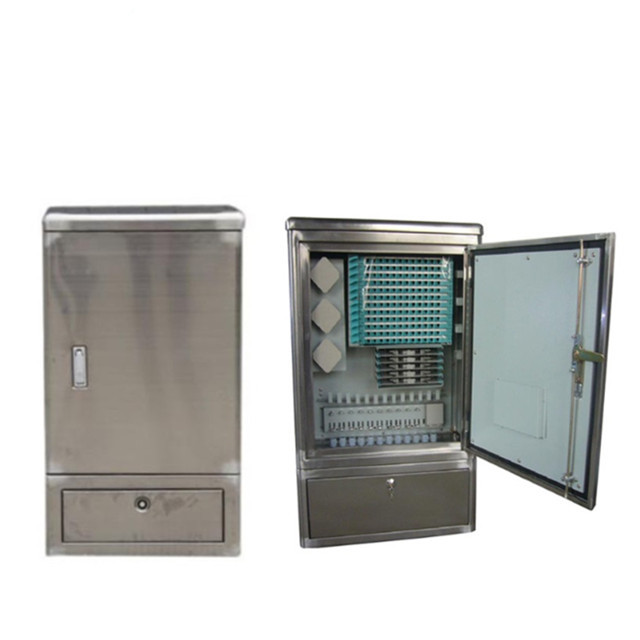- Sales SupportContact Sales
- Call us at: +(86) 15211074652
- Send us a email at: info@zr-fibercable.com
Analysis of the type and advantages of ODF wiring cabinet
An ODF (Optical Distribution Frame) wiring cabinet is an essential component in fiber optic networks. It is designed to provide a centralized location for the interconnection, splicing, and termination of fiber optic cables. There are several types of ODF wiring cabinets available in the market, each with its own advantages and limitations. In this article, we will discuss the types and advantages of ODF wiring cabinets.
Wall-mounted ODF Wiring Cabinet: This type of ODF wiring cabinet is designed to be mounted on a wall. It is typically used in small or medium-sized installations and is suitable for indoor applications. The advantages of a wall-mounted ODF wiring cabinet include easy installation, space-saving design, and cost-effectiveness.
Floor-standing ODF Wiring Cabinet: This type of ODF wiring cabinet is designed to be placed on the floor. It is typically used in larger installations and is suitable for indoor or outdoor applications. The advantages of a floor-standing ODF wiring cabinet include increased capacity, flexibility in configuration, and improved accessibility for maintenance.
Modular ODF Wiring Cabinet: This type of ODF wiring cabinet is designed to be modular in nature, which means that it can be easily expanded or reconfigured as needed. It is typically used in larger installations and is suitable for indoor or outdoor applications. The advantages of a modular ODF wiring cabinet include scalability, flexibility, and cost-effectiveness.
Rack-mounted ODF Wiring Cabinet: This type of ODF wiring cabinet is designed to be mounted on a standard 19-inch rack. It is typically used in data centers and telecommunication rooms and is suitable for indoor applications. The advantages of a rack-mounted ODF wiring cabinet include space-saving design, easy integration with other rack-mounted equipment, and improved cable management.

Distribution ODF Wiring Cabinet: This type of ODF wiring cabinet is designed to distribute fiber optic signals to multiple locations. It is typically used in larger installations and is suitable for indoor or outdoor applications. The advantages of a distribution ODF wiring cabinet include improved signal distribution, reduced signal loss, and improved reliability.
Advantages of ODF Wiring Cabinet:
Improved Cable Management: An ODF wiring cabinet is designed to provide a centralized location for cable management, which helps to reduce clutter and improve organization. This, in turn, helps to reduce the risk of cable damage, improves accessibility, and makes maintenance easier.
Improved Signal Quality: An ODF wiring cabinet is designed to provide a stable and secure environment for fiber optic cables, which helps to reduce signal loss and improve signal quality. This, in turn, helps to improve the overall performance of the fiber optic network.
Improved Reliability: An ODF wiring cabinet is designed to provide a secure and protected environment for fiber optic cables, which helps to reduce the risk of damage due to environmental factors such as moisture, temperature, and physical stress. This, in turn, helps to improve the reliability of the fiber optic network.
Improved Scalability: An ODF wiring cabinet is designed to be scalable, which means that it can be easily expanded or reconfigured as needed. This, in turn, helps to improve the flexibility and cost-effectiveness of the fiber optic network.
Improved Maintenance: An ODF wiring cabinet is designed to provide easy access to fiber optic cables, which makes maintenance easier and more efficient. This, in turn, helps to reduce downtime and improve the overall performance of the fiber optic network.
In conclusion, ODF wiring cabinets play a critical role in the performance and reliability of fiber optic networks. There are several types of ODF wiring cabinets available, each with its own advantages and limitations.
You might be interested in
We use cookies to ensure that we give you the best experience on our website. By clicking on "Accept" or continuing to use this site, you agree to our use of cookies in accordance with our Cookie Policy .You can refuse the use of cookies here.
Accept

